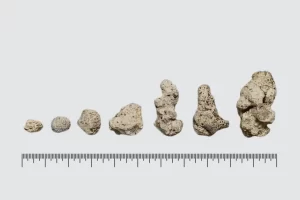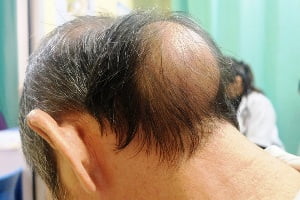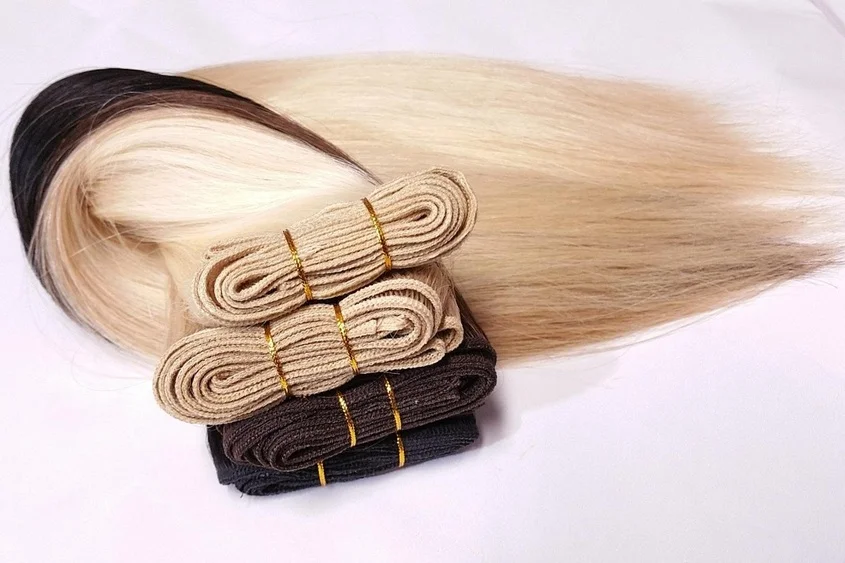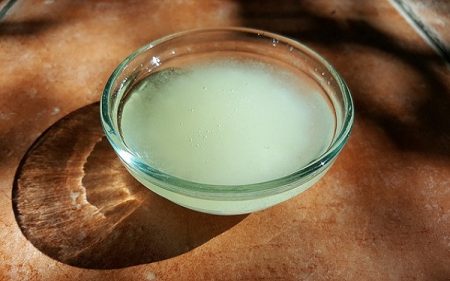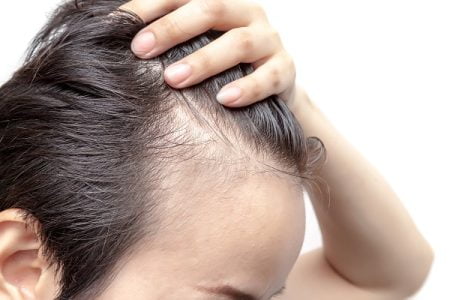Choosing Halo hair extensions can be a straightforward way to achieve longer, fuller hair at home without complicated application techniques. For those new to extensions, it’s important to understand that consistent and gentle care will keep no glue wavy Halo hair extensions looking natural and extend their lifespan. Simple routines such as gentle brushing, occasional washing, and safe storage help prevent tangling and damage.
At-home maintenance is less demanding than other types of extensions. Purchasing no glue wavy Halo hair extensions can add convenience, but users should still follow care instructions closely, use suitable hair products, and avoid harsh styling tools to keep them in top condition.
Key Takeaways
- New users should focus on gentle daily care.
- Proper home maintenance prolongs extension life.
- Styling and storage habits help maintain a natural look.
Essential Halo Extension Care for First-Time Buyers
Caring for halo hair extensions correctly keeps them looking natural, boosts longevity, and helps them blend seamlessly with a wide range of hair types and colors. The basics include knowing the material, following proper washing steps, and using non-damaging routines to avoid tangling and shedding.
Understanding Different Halo Extension Materials
Synthetic hair, while more affordable, can’t handle heat styling or coloring well. It’s lightweight and holds its style, but doesn’t blend as seamlessly with natural hair as human hair options do. Knowing the difference helps buyers match extensions closely to their hair type and choose care routines made for their specific material. Buying the right type for your desired style and maintenance level is key to long-term satisfaction.
Washing and Conditioning Techniques
Clean halo extensions only when needed, usually every 6-8 wears, to extend their life. Always use sulfate-free shampoos and cool water to gently cleanse. Avoid harsh scrubbing, which can loosen the halo’s wiring and cause breakage.
Handle the hair with a wide-tooth comb or an extension brush, brushing from the ends upward to avoid pulling. After rinsing, apply a lightweight, deep-conditioning mask or conditioner and let it sit for a few minutes before rinsing thoroughly. For extra softness and moisture, use a leave-in conditioner between washes. Allow extensions to air dry flat on a towel—never use high heat, as excessive heat may damage the fibers, especially on synthetic extensions.
Preventing Tangling, Shedding, and Damage
Detangling is essential after each use. Start at the ends and work upwards using a wide-tooth comb. Keep extensions separated from wet or damp natural hair, as moisture increases tangling risk. Avoid sleeping, showering, or swimming while wearing halo extensions, since water and friction can cause unnecessary matting and shedding.
To minimize damage, avoid products with heavy alcohols or parabens. Limit heat styling on human hair and avoid it altogether on synthetic types. Store extensions flat or hanging in a cool, dry area—never bunched up or in direct sunlight. Regular gentle care extends extension life, keeps the fibers smooth, and reduces the chance of split ends or breakage. Establishing these habits early helps ensure a natural, healthy blend with your existing hair.
Styling and Maintaining Halo Extensions at Home
Proper care and smart styling ensure halo extensions look natural and last. Attention to blending, product choice, and storage helps maintain quality and appearance.
Blending Halo Extensions With Natural Hair
A seamless blend between halo extensions and natural hair is essential for a natural look. Begin by matching the halo extension shade as closely as possible to the wearer’s hair color. Softly curling or straightening both the extensions and natural hair together, section by section, helps them merge convincingly. For best results, use a wide-tooth comb or specialized extension brush to gently detangle before styling. Section natural hair above the extension to cover the weft line completely. Lightly tease the hair at the roots for more volume and to mask any visible edges.
Blending can sometimes be more challenging for those with short or layered hair. Strategically blending face-framing pieces or trimming the halo to match the wearer’s haircut may help. Styling tips such as those found in this guide can further improve the appearance when transitioning from clip-ins or other types of extensions.
Safe Styling Methods and Products
Use heat styling tools—like flat irons or curling wands—on a low to medium temperature, ideally 350°F or below. Always apply a heat protectant spray before styling to minimize heat damage. Limiting the frequency of heat styling will also prolong the life of the extensions. Choose sulfate-free and alcohol-free hair products whenever possible, as harsh ingredients dry out both permanent hair extensions and halos. When detangling, start from the ends and work upwards to prevent shedding and breakage.
Never style halo extensions while they are damp. Allow them to air dry fully to preserve their structure. When switching from halo to other options like clip-in extensions or natural beaded row extensions (NBR), similar gentle care and mindful product use apply.
Conclusion
Proper care keeps halo extensions looking natural and lasting longer. First-time buyers should brush gently, avoid overwashing, and use heat protection when styling. Consistent, gentle maintenance is key. Following these simple tips can make home care manageable and effective.
